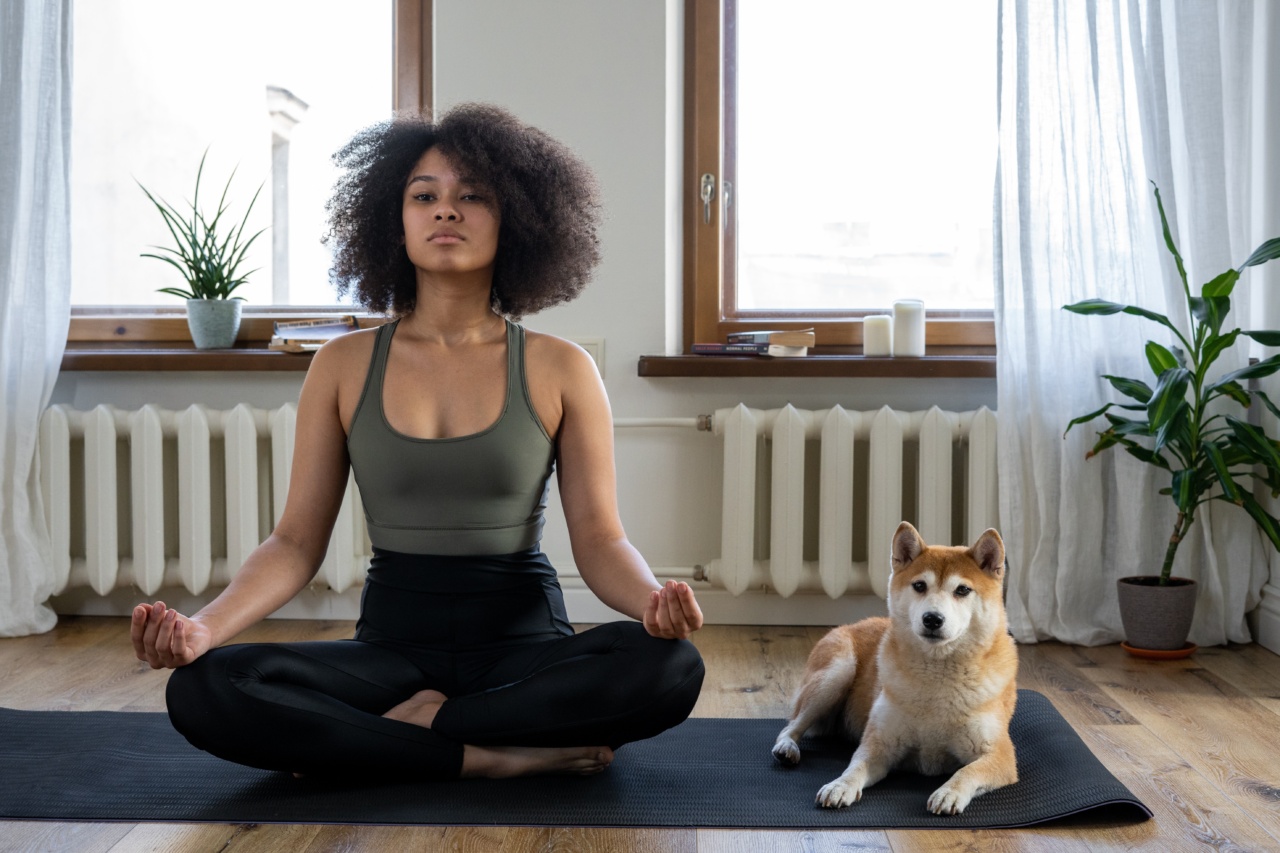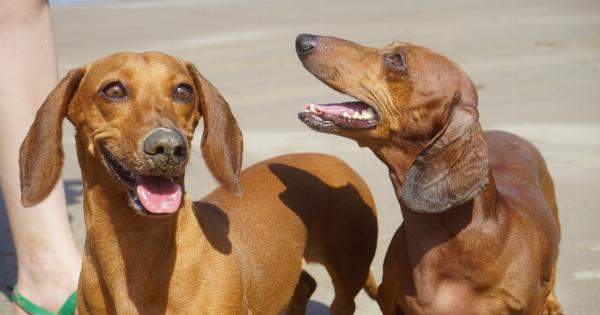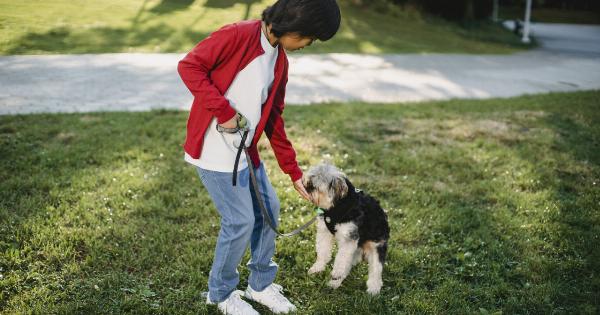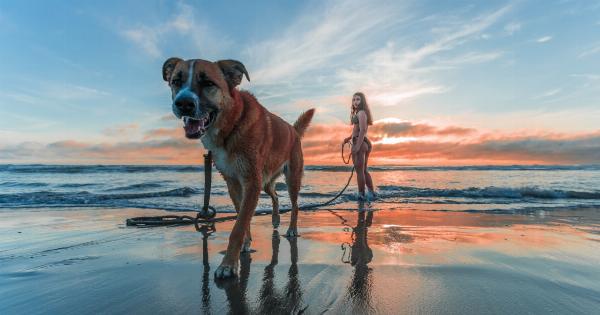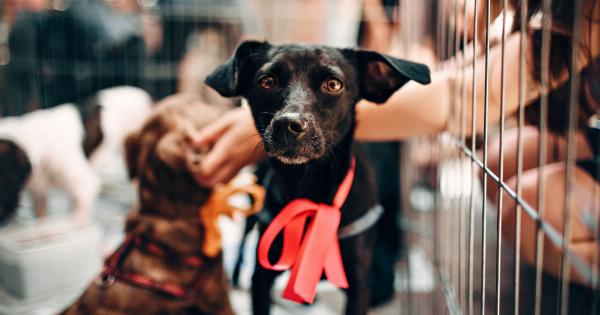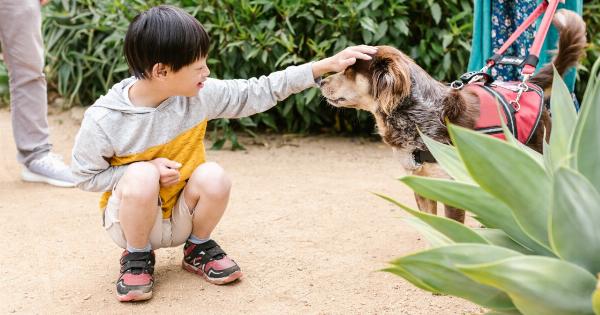Dogs are one of the most loved animals in the world. They are friendly, loyal, and make great companions. Whether you are a dog person or not, you must know how to greet a dog you have not met before.
In this article, we will be discussing 30 things to avoid when greeting a beautiful unknown dog.
1. Ignoring the Body Language
A dog’s body language says a lot about how they feel. If a dog is cowering, growling, barking, or has their tail tucked, it’s best to steer clear.
Also, if a dog avoids eye contact and has a stiff posture, they may not be in the mood for greeting.
2. Approaching Too Quickly
Never run up to a dog you don’t know. It can make them anxious and uncomfortable. Approach slowly and calmly so the dog can get used to your presence before you try to interact with them.
3. Staring Intensely
Many dogs perceive staring as a challenge or a threat. You should avoid staring directly at a dog’s eyes, as this can make them uncomfortable and upset.
Instead, look at the dog’s body language and approach them if they seem relaxed and receptive.
4. Reaching Over Their Head
When you reach over a dog’s head to pet them, they may perceive it as aggression. Instead, approach the dog from the side or below and let them sniff your hand before you attempt to pet them.
5. Hugging Them
Hugging a dog can be frightening and uncomfortable for them. Dogs don’t hug each other, so they may not understand what you are trying to do. Instead, you can pat them or scratch behind their ears to show your affection.
6. Petting Them Too Hard
Petting a dog too aggressively can hurt them or make them uncomfortable. When petting a dog, use a gentle touch and avoid pulling on their fur or pressing on sensitive areas.
7. Approaching Them From Behind
When a dog is approached from behind, they can get startled and feel threatened. Always approach a dog from the front or the side, where they can see you coming.
8. Allowing Your Children to Approach Random Dogs
As a parent, it’s important to teach your children how to approach dogs safely. Never allow your children to approach dogs they don’t know without adult supervision.
Teach them about the warning signals that dogs exhibit and how to act around them.
9. Offering Them Food
Many dogs have dietary restrictions, and giving them food can cause digestive issues or allergies. Also, offering food to an unknown dog can cause them to become overly excited or aggressive, thinking you have something they want.
10. Bringing Your Dog Too Close
If you already have a dog, it’s important to avoid bringing them too close to an unknown dog. Dogs can get jealous or territorial, making them aggressive towards other dogs.
11. Ignoring the Owner’s Instructions
If you see an unknown dog with their owner, it’s important to ask if it’s okay to approach them. If the owner declines, respect their wishes and give the dog space.
You are not entitled to pet any dog you see and ignoring the owner’s instructions can be harmful.
12. Wearing Bright Colors or Heavy Fragrances
Bright colors and strong fragrances can trigger some dogs, making them anxious or upset. It’s best to avoid wearing anything that can be distracting or annoying to the dog.
13. Making Loud Noises
Dogs have very sensitive ears and loud noises can frighten them. Avoid making loud noises or sudden movements, as this can startle the dog and cause them to react unpredictably.
14. Not Asking Permission to Pet the Dog
It’s important to ask the owner’s permission before petting their dog. Not every dog enjoys being petted, and some may have a history of aggression or fear. Always respect the owner’s wishes and avoid forcing interaction with their dog.
15. Getting Too Close to Their Face
In the dog world, getting too close to their face can be a sign of aggression. For this reason, it’s important to avoid putting your face too close to the dog’s face. Instead, lean in from the side of the dog to show your affection.
16. Kneeling Down to the Dog
Kneeling down can make you appear smaller and less intimidating, but not all dogs like it. Some dogs may interpret it as a sign of aggression and react accordingly. Be cautious when kneeling down to an unknown dog and respect their boundaries.
17. Touching Them While They are Sleeping
Dogs can be very protective of their sleeping spaces, and they can react strongly if someone disturbs them while they are sleeping. Avoid touching unknown dogs while they are asleep, as it can make them feel threatened or uncomfortable.
18. Overly Excited Body Language
Dogs can perceive overly excited body language as a sign of aggression. To avoid this, it’s important to stay calm and avoid sudden movements. Speak to the dog in a gentle and soothing tone to show them that you are friendly and not a threat.
19. Giving Mixed Signals
Dogs are very astute and can easily pick up on mixed signals. This can be confusing and stressful to them, leading to unpredictable behavior. Avoid giving mixed signals to an unknown dog and be consistent with your body language and tone of voice.
20. Rushing the Introduction
A proper introduction can take time, and it’s important to let the dog take the lead. Avoid rushing the introduction and let the dog approach you if they are comfortable.
21. Turning Your Back on the Dog
Dogs can perceive turning your back on them as a sign of disrespect or a challenge. Always keep facing the dog, even if you are walking away, to avoid giving them the wrong message.
22. Not Knowing the Dog’s Breed or Characteristics
Different dog breeds have different personalities and behaviors. It’s important to know the breed or characteristics of the dog you are approaching to avoid any negative surprises.
23. Approaching Dogs in Cars
If a dog is in a car, it’s best to avoid approaching them. Dogs can get territorial when they are in their cars and may perceive you as a threat. Always ask the owner’s permission before approaching a dog in a car.
24. Forcing Physical Interaction
Forcing physical interaction with an unknown dog can be dangerous. Always let the dog approach you and show you that they are receptive to your presence before attempting to pet them.
25. Touching Their Face or Head
Dogs can have sensitive heads and may not appreciate you touching them. It’s best to avoid touching their faces or heads unless they initiate it.
26. Wearing Sunglasses or Hats
Wearing sunglasses or hats can make it difficult for a dog to see your eyes and interpret your body language. It’s best to avoid wearing any accessories that can interfere with your communication with the dog.
27. Ignoring the Dog’s Warning Signals
Dogs communicate through body language, and it’s important to pay attention to their warning signals. If a dog is growling, barking, or showing their teeth, it’s best to give them space and avoid interacting with them.
28. Patting Their Head or Backside
Dogs can interpret someone patting their heads or backsides as a challenge or aggression. It’s best to avoid this touch and pet them gently on their sides or under their chin.
29. Not Washing Your Hands Before or After Interaction
Touching an unknown dog can expose you to bacteria and parasites, and it’s important to wash your hands before and after interacting with them. This can help prevent any potential illnesses or infections.
30. Forgetting to Show Them Respect
Dogs are living beings with emotions and boundaries, and it’s important to show them respect. Always ask for permission before approaching an unknown dog, avoid scaring or overwhelming them, and be mindful of their body language and signals.
Conclusion
Greeting a beautiful unknown dog can be a fun and rewarding experience, but it’s important to be cautious and respectful. By following these 30 tips, you can ensure a safe and enjoyable interaction with any dog you meet.
